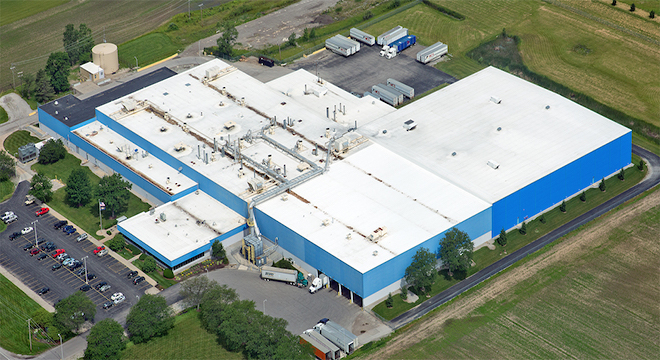What’s Your Building’s IAQ (Indoor Air Quality)?

Steps to Keep Your Facility Healthy for all Occupants
Taking steps to evaluate and improve your building’s indoor air quality (IAQ) is an important reassurance to your employees and other occupants of a safe and healthy facility.
The American Society of Heating, Refrigeration, and Air Conditioning Engineers (ASHRAE) recommends that building owners take additional steps to improve the IAQ of their facilities. These steps include:
- increasing HVAC system circulation flow
- maintaining lower relative humidity levels at 40-60% to minimize viral replication
- increasing HVAC system setpoints to increase outdoor air levels circulated into the building
ASHRAE also recommends setting the building’s HVAC system to flush total air volumes in occupied spaces to reduce airborne infectious particles by 95%. For many areas this would mean cycling 3X the space volume of the interior space with outside air. This step also provides the added benefit of removing carbon dioxide and volatile organic compounds (VOCs) from the workspace.
In addition to these precautions, the overall quality of your building’s indoor air spaces directly impacts the health, safety, and productivity of anyone in your facility:
- According to OSHA, poor IAQ leads to symptoms like headaches, tiredness, poor concentration, and eye, nose, throat, and lung irritation.
- Thermal discomfort caused by working in spaces that are either too hot or too cold can degrade the immune system, leading to colds and other illnesses.
- Other major health issues tied to poor IAQ include allergic reactions and even potentially fatal illnesses like Legionnaire’s disease and carbon monoxide poisoning.
Other factors contribute to poor IAQ, such as low/high humidity, poor air circulation, and air spaces that won’t stay warm in winter or cool in summer. Bottom-line consequences linked to poor IAQ could also lead to higher disability insurance and liability claims.
These issues make awareness of your building’s IAQ an important new concern. Partnering with a knowledgeable team of IAQ specialists is an important first step to mitigating these risks.
GEM Service has a team of certified, experienced IAQ technicians with the skill and knowledge required to inspect and evaluate your building’s indoor air spaces, detect potential air quality issues, and remediate these issues to measurably improve your building’s air quality.
The GEM Service IAQ Assessment and Remediation Team is specially trained to inspect all areas of your building, to detect areas of concern in all interior air spaces. Certified by the International Certification Board, GEM Service’s IAQ technicians are equipped to accurately detect levels of all types of air contaminants including molds, dust, formaldehyde, organic and inorganic particles, as well as evaluate air quality and circulation throughout your facility.
If problems are detected, GEM Service can make the necessary repairs and/or perform the maintenance required to remediate these issues, to eliminate the source of your building’s indoor air contamination.
To talk with an IAQ expert:
- Call: Jake Everts 419.309.3102
- Email: Jake.Everts@rlgbuilds.com
For more information about Indoor Air Quality:
- the GEM Service Indoor Air Quality Assessment & Remediation Fact Sheet and FAQs
- the EPA’s Office Building Occupant’s Guide to Indoor Air Quality
���dzܰ�����:��, pages 17, 24


